Materials that make the difference: we recommend fabric accessories so you can create your own style.
The fashion world is constantly changing through each stage and period. Up to now, it can be said that the fashion industry has reached its peak, where all human ideas can be realized without being constrained by any framework. Designers can combine materials to create unique projects.
In fashion projects, accessories are indispensable. Accessories are important to clarify the fashion style of a designer. Whether it’s a hat, a pair of colorful socks, or a beanie, it accentuates the style of an outfit. And as a rule, accessories are a must for a fashion project and even in everyday wear.
The fibers used in the garment industry are all made of fiber. Fiber can be from plants or synthetics from other materials mixed together to create more superior features than purebred fibers. For example, a combination of cotton and polyester fibers will produce a product with better durability than pure cotton yarn.
Another example is when the combination of linen and silk fabrics will produce a product with good breathability and absorb sweat, especially since it will not be wrinkled after washing, helping users not spend too much time flat compared to ordinary linen.
But to be able to produce products in a fashion project, the harvested yarn is first spun or twisted together to create yarns, and then the yarns are knitted or knitted together to create our product. You can use the yarn to knit scarves, gloves, beanies, and more, or you can also use the yarn as a decoration for your project.
Currently, elastane blends are used quite commonly to produce products such as woolen hats or socks because of their good elasticity and elasticity.
Fabrics commonly seen in fashion projects:
- Acrylic fibers and mixtures of acrylic fibers
- cotton yarn and cotton yarn blends.
- Wool yarn is a mixture of wool fibers
- Bamboo fiber and mixed bamboo fibers
- polyester yarn and a polyester fiber blend.
- Yarn with a rayon/viscose blend.
- Alpaca yarn and a blend of alpaca yarn
What kind of knitting can you use for your project?
1 Knit stockinette
Also known as single or jersey knitting, it is the most common way of weft knitting to create a project with yarn, with the end product having a much smoother front than the back.
2 Milano full knit
This knitting technique requires more experience than single knitting when it is available to reverse the 3-way repeating construction, which has a firm and stiff texture because of the high yarn density. The tension of this knitting cord is very good, so it is reversible and prevents the product from warping after finishing.
3 Rib Knit
This is a type of multi-layer that helps the product have good elasticity in width. The feeling of touching the fabric surface is very solid, and the product surface is at a high level. It’s all thanks to the rib knit because of the double-sided knitting with two separate vertical columns. The rib knit can be knit by knitting different smooth stitch hems, and can be combined with tinsel.
4 The effect of cable knitting
To be able to knit the cable effect, the knitter must knit adjacent and diagonal stitches. This knit is great for creating a chunky effect for fashion projects. There are also some disadvantages to this style of knitting for keeping warm because of its poorer air-holding capacity compared to other knitting styles.
5 Jacquard Knit
This is a knitting style that combines threads of different colors to create an eye-catching product. Besides, it is also possible to weave directly into the fabric to create a breakthrough for the design. This knitting pattern also produces a reverse finish because of the double-sided knitting pattern, but with relatively low elasticity and stretchability.
What fabrics can accentuate your designs?
6 Acrylic Yarn
Acrylic fibers are synthesized from acrylonitrile, which is one of the polymers. It is widely used because it is quite similar to wool in terms of aesthetics and functions such as water resistance and heat retention, but is more affordable.
Besides, acrylic fiber has the outstanding advantage of being anti-mildew and UV rays to help protect the dermatological health of the user in the best way. The weight of acrylic is quite light, but the durability and softness that the yarn provides are excellent. This is the recommended fabric for use in outdoor sports and athletic designs.
To increase the ability to keep the warmth, shine, and better properties of fabrics, people mix acrylics with other fibers to create superior properties for fashion projects.
One disadvantage of this yarn is the user experience when using products designed with acrylic fabric. Sometimes some customers will feel scratched due to the polymer content in the fabric. Also pay attention to washing and ironing designs made from acrylic, which can melt when exposed to extreme heat.
Pros
- Affordable price
- Keep warm
- Lightweight and suitable for outdoor fashion projects,
- Good water resistance
- Protect the user’s dermatological health.
- The durability and softness of the product are excellent.
- Anti-mold for fashion design
Cons
- Sensitive skin will feel scratchy.
- It may melt when washed and ironed at too high a temperature.
7 Cotton Yarn
Cotton yarn is a type of fiber produced entirely from plants and does not cause skin irritation. This fiber is especially good for use in baby designs because of its lightness, breathability, soft feel, and good hygroscopicity, which is especially good for baby skin. For sensitive skin, this is also an extremely good material.
But the noticeable weakness of cotton yarn is that it is easy to wrinkle and it is easy to shrink at high temperatures when the amount of thread in the cotton fiber is low. Besides, the ease of changing color when washing with other clothes is also a remarkable point about cotton fabric.
Overcoming the disadvantages of cotton fabric is also extremely easy when mixed with polyester fibers to produce a fabric with breathability and wrinkle resistance for beautiful designs. but will not be too suitable for baby skin and sensitive skin like pure cotton yarn.
Pros
- It is especially suitable for sensitive skin and baby skin.
- good breakability and moisture absorption.
- soft to the touch.
- Cotton fabric is derived entirely from natural cotton fibers.
- Durable
Cons
- The cost of the pure cotton yarn will be higher than that of blended cotton yarn.
- Cotton fabric with less fiber density will be easily deformed when exposed to high temperatures.
- It wrinkles easily.
- It is easy to change colors after washing.
8 Wool Yarn
Is a fiber obtained from or from another nature? Wool fiber is a type of protein fiber obtained from sheep’s wool, and because it is a natural protein fiber, the biodegradability of wool fiber is highly appreciated for its environmental friendliness. Compared with acrylics, wool fibers have higher UV resistance and are the highest among fibers and cotton.
Besides, wool fiber is also a good, stretchy fiber and has excellent heat retention thanks to its outstanding thermal insulation properties. Wool also dries quickly after washing and is water resistant.
The biggest disadvantage of wool yarn is its cost. The cost of wool yarn is expensive because of its rarity and luxury. Most often, wool is used to design winter clothes because of its excellent thermal insulation properties. The soft feel of the wool yarn is excellent, giving the user a comfortable feeling when using it.
The absolute warm-keeping quality of wool fibers will help keep your body away from the cold that winter brings, along with the ability to breathe and absorb sweat.
Merino Fleece
This wool is derived from Merino sheep. The quality of this wool is also superior to normal thread. When in contact with the skin, it will feel softer and less itchy. Merino wool is used for cold protection for backpackers and outdoor athletes because, in addition to its ability to keep warm, Merino wool fibers also have superior moisture absorption and breathability.
9 Cashmere wool yarn
This wool is sewn from the lower part of the fleece. The head is the lightest and most quintessential part of the whole fleece. Since this is the softest part of the fur when made into a wool yarn, it will give the user the softest feeling. The weight of this wool is also the lightest, helping the user feel warm even in the harshest conditions.
Pros
- UV protection is best in yarns and cotton.
- Excellent insulation
- After use, the skin feels soft.
- Good breathability
- It absorbs sweat for the user’s comfort.
- Quick-dry after washing
- The waterproof ability of the fabric is superior.
- eco-friendly, renewable and biodegradable.
Cons
- more expensive than other fibers.
- Sensitive skin will feel stinging.
10 Bamboo yarn
As a natural fiber, bamboo yarn has an extremely strong structure. It is an eco-friendly yarn because of its ability to be distributed and bio-renewable. Besides, bamboo yarn is also used for casual wear designs because of its cooling benefits.
It is a fact that countries with hot or humid climates are very fond of cool fabrics such as bamboo yarn, cotton, and linen, especially for designs for babies, children, and people with sensitive skin.
The reason this fabric is so popular is partly because of its antibacterial properties, non-irritating to the skin, and extremely breathable. This makes bamboo yarn a bright spot for summer fashion and children’s fashion.
The production of this fabric is also quite elaborate as it is a fabric made from the pulp of the bamboo tree, along with a few complex processing steps to produce a wonderful final product.
Pros
- The fabric has a solid construction.
- It is environmentally friendly as it is renewable and biodegradable.
- Soft and airy,
- Suitable for babies and people with sensitive skin,
- extremely cool fabric
- It doesn’t take too long to dry the fabric.
- Antimicrobial
- fabric that is extremely light
Cons
- Fabric is prone to shrinkage and wrinkles easily.
11 Polyester yarn
Polyester fiber is the most common fiber in apparel. It is often mixed with other fabrics such as cotton, bamboo fiber, linen, and many other fabrics because of its excellent wrinkle resistance. Polyester fabric is considered a popular blend for the casual apparel and fashion industries.
Polyester fabric is quite thin and light, has very good abrasion resistance, and is extremely affordable in price, making polyester fabric very popular for use in the production of everyday garment designs.
The softness of the fabric makes it suitable for swimwear and pajama designs. The durability of the fabric is highly appreciated when used to design backpacks and camping tents.
But for fabrics like polyester, the ability to absorb sweat is poor, making the wearer feel hot when using the design of this fabric for outdoor activities or for people who sweat easily.
Besides, this 100% polyester fabric often has a tendency to static electricity, so the wearer will feel the hair on his arms, legs, and hair stand up like goosebumps. When it comes into contact with others, it will create shocks.
Pros
- Light
- Durable
- Good price
- excellent anti-wrinkle
- Not too expensive to take care of
- It can be used for a variety of designs.
Cons
- It is not too environmentally friendly when it is not biodegradable.
- The fabric is hot and barely vents air.
12 Viscose fiber
Also known as rayon, this is a semi-synthetic fiber derived from wood pulp such as oak, pine, or eucalyptus, or cotton and agricultural products intended to replace silk because it gives the wearer a soft feel with luxurious materials. This fiber is obtained through the regeneration of natural cellulose.
This fabric is more eco-friendly than other fabrics because of its biodegradability. And in order to obtain a semi-synthetic fiber with completely natural ingredients, the production process of viscose fabric is also very complicated and goes through many stages.
People will use cellulose of almost absolute purity to puree and put it in a sodium hydroxide solution to remove impurities. Then hit hard on the cellulose, which is now brown in color, after removing impurities to remove excess substances, then cut into small pieces and expose the mixture to carbon disulfide dissolved in sodium hydroxide.
After all, that process, viscose will be obtained and will continue to be dissolved and soaked for several hours. Finally, the mixture will be transferred to the yarn extruder to create a viscose fabric. The fibers will be soaked in sulfuric acid, then spun and washed.
Viscose is a fabric with characteristics not inferior to other fabrics on the market, but the price is extremely affordable. This is a fabric with high softness. Breathability is also extremely good and easy to design, especially for everyday fashion in the summer. Users can rest assured about the acid resistance of the fabric when the fabric always retains its form even when machine washed.
13 The viscose fabric type can be used in your project
Pure viscose fabric
It is the most common fabric on the market for use in the manufacture of clothing and furniture. These fabrics require a lot of care because they tend to shrink when wet, so they need to be dry cleaned or taken to a professional launderette.
High-strength viscose fabric
This fabric has an extremely strong bearing capacity, so it is only used in the tire manufacturing industry and other industrial sewing industries. Because the fabric is affordable, it saves a lot on the cost of the finished product.
HWM viscose
The fabric attracts manufacturers thanks to its high absorbency and superior warmth retention. The process of polishing and cleaning the fabric is also very simple. You can choose between hand washing and machine washing. This fabric is very popular in the fashion industry.
Pros
- soft and with good breathability.
- Even after machine washing, it retains its shape and is acid resistant.
- eco-friendly biodegradability
- It’s easy to design and perfect for everyday wear.
- a very reasonable price.
Cons
- Because it is made from natural wood, viscose fabric is extremely flammable.
- Products made from this fabric are prone to shrinking and wrinkling after many washes and are difficult to return to their original state.
- Although it can be biodegraded, in the production process, the fabric is exposed to many chemicals, so it is easy to affect the water source and air quality.
14 Canvas fiber
Canvas fabric is woven from hemp. There is a special thing when this is a horizontal woven fabric with coarse mesh, but the quality is very strong, durable, and waterproof, so it is extremely suitable when used to make bags.
This is an ingredient that has been around since the Middle Ages, derived from the Arabic word “canabis”, which in Latin “canabis” means hemp. And during that period, this plant was popularly used to make bags.
Currently, canvas has become an indispensable material in the textile industry and in daily life. Because of its water-resistant properties, canvas is used to manufacture shoes and bags.
Besides, canvas fabric is also used to produce household items thanks to its ability to block sunlight and prevent harmful rays, which makes canvas fabric very suitable for making curtains, tablecloths, or being sewn as pillowcases.
Canvas or cream-colored curtains will bring rustic, simple, and vintage-style beauty to your home.
Pros
- environmentally friendly material.
- High fabric strength
- It has the ability to block the sun’s harmful rays.
- Fabrics are usually neutral or ivory white for a classic look.
Cons
- Fabric is not absorbent and not breathable.
15 Twill
The twill fabric is designed from silk yarn with a twill design and has two different surfaces. Originally, twill was manufactured from raw sheep’s wool that was crisscrossed to create a herringbone effect, also known as crow’s foot, as a way to create a unique texture to attract customers.
Wool yarn is being combined with cotton yarn as garment technology advances. Twill can be combined with several types of fibers such as cotton, wool, silk, or synthetic fibers to create perfect fashion products.
Because of its soft, durable, and wear-resistant properties, twill is very popular for use in the garment industry to make classic office designs, coats, bags, and even evening dresses.
The fabric has a moderate density and excellent absorbency and breathability. The ability to keep in shape is also very good and gives the wearer a comfortable feeling when using it.
Pros
- Keep away from fashion design.
- It has good sweat absorption.
- Breathable makes the user feel extremely comfortable.
- Soft and long-lasting
- Simple maintenance and quick drying
Cons
- Twill is synthesized from many types of fibers, so it may cause allergies to sensitive skin.
16 Polyamide
Also known as nylon fabric, it is obtained through the synthesis of polymers from the preparation of petroleum chemicals or coal. Originally, this fabric was used as a substitute for silk, but its first application was used in the manufacture of toothbrushes and then in the production of socks for women.
This fabric has high elasticity and great aesthetics when the surface of the fabric is shiny and smooth. The most special thing about this fabric is the ability to shape it into different products that can meet the strict needs of users.
With moisture resistance, nylon fabric helps prevent mold, fungus, and insects. However, nylon fabric is not biodegradable, affecting the environment. The manufacturing process of nylon fabric also releases some nitrogen oxides that contribute to the greenhouse effect.
The natural nylon fabric is water-resistant, so this fabric does not absorb sweat, giving users a feeling of heat and sweat accumulation when used. Nylon fabric is easily deformed when exposed to high heat.
Pros
- It can naturally remove surface stains.
- It is highly durable because it is woven from nylon and polyester.
- It creates comfort for the wearer because of the mesh design.
- The fabric has good stretch.
- affordable and pocket-friendly.
Cons
- It does not retain heat—not suitable for winter fashion.
- Low absorbency
- Cleaning is difficult.
17 Mesh fabric
Mesh fabric is composed of petroleum-derived ethylene and various types of nylon. Mesh fabric has a mesh-like structure with large air holes. You can see through the holes of the mesh fabric, and it feels like the threads are woven quite loosely together.
Unlike other fabrics, mesh fabric is made from PVC and PP plastics, which are heated at high temperatures by a closed and automatic weaving process. To be able to produce this fabric, it is necessary to rely on high technology. It can be said that mesh fabric is the most advanced textile technology available today.
Made from nylon material, mesh fabric is water resistant and naturally cleans stains. The fabric is abrasion resistant because it is made of nylon and polyester, so the quality of the fabric is super durable when it can withstand great physical impact without tearing.
Because there are many small holes, mesh fabric is extremely cool. Besides the fabric, it also has very good elasticity, so it will be extremely suitable for sewing projects in sports fashion.
However, because the surface has many small holes, mesh fabric cannot retain heat and cold air can get in, so this fabric is not suitable for winter designs. This fabric can only be washed by hand because the fibers are not tightly bonded, so it will be torn if machine washed.
The low moisture absorption ability is easily seen in fabrics made from nylon and polyester. Although the design has many small holes, the fabric’s ability to absorb moisture is very poor, so it can make users feel uncomfortable when coming out with a lot of sweat.
Pros
- It can remove surface stains naturally.
- It is highly durable because it is woven from nylon and polyester.
- It creates comfort for the wearer because of the mesh design.
- The fabric has good stretch.
- affordable and pocket-friendly.
Cons
- does not retain heat—not suitable for winter fashion.
- Low absorbency
- Cleaning is difficult.
18 Velvet fabric
Velvet fabric is a combination of soft silk fabric and sophisticated weaving techniques. appeared on the market in the 60s and 70s and especially boomed in the 90s. Up to now, velvet fabric has been a very popular fabric because of its softness, glossy surface, and luxury.
Velvet fabric dates back to the 14th century in East Asia and was shipped to Europe by the Silk Road. This fabric was only used for royalty because of its lavish and spacious nature. The Renaissance period is considered the “golden age of velvet” because aristocratic beauty is enhanced during this period.
The light-catching ability of this fabric is also very good; it can highlight the user and also has the ability to catch the skin. Besides, velvet fabric is known as the “queen” of fabrics because of its aristocratic beauty, so evening dresses made from this fabric are extremely popular.
The disadvantage of this fabric stems from its texture. When there is a soft material with a thin outer coat and a twill weave, it will inevitably catch dust quickly. When dusty, it is also quite difficult to clean because the velvet fabric will be heavier when wet. And although the cost of velvet is now lower than in the past, it is generally quite high among fabrics.
Pros
- The fabric has a harmonious blend of classic and modern.
- color that is very flattering.
- The fabric is soft and smooth.
Cons
- It’s easy to collect dust and difficult to clean.
- The price is quite high compared to other fabrics.
19 Suede
The term suede is derived from the French term gants de suede, which translates literally to “Swedish gloves. Suede is obtained from the lower layer of the animal’s skin, giving it a wonderful softness. Initially, this suede fabric was used to make gloves for the nobility in France. Later, suede was developed and used for many other fashion items.
This fabric is one of those luxury items that has been around for a long time. The beauty that this fabric brings is extremely delicate. This is a material that is easily seen in expensive fashion designs and is very sought after by fashionistas, especially leather enthusiasts.
Most suede feels more like cotton and plant-based fabrics than animal-based fabrics. Suede is the most absorbent of all fabrics and is difficult to clean. However, the sophistication, generosity, and luxury this fabric brings to the product are extremely great. Besides, the suede fabric is very environmentally friendly because of its biodegradability.
Pros
- Bringing a sophisticated, liberal beauty to the design,
- Biodegradation
- Soft to the skin like cotton or plant-based fabric,
- The fabric has a long life.
Cons
- The absorbing mechanism is too high compared to ordinary fabrics
- It is difficult to clean.
- It is controversial because animals are killed for their skins.
20 Leather
This is a highly applicable and extremely popular fabric in the market and in the fashion design industry. Leather can be used to make products such as belts, coats, bags, and even seat covers.
Genuine leather fabrics are made from animals and are divided into two categories: vegan leather fabrics and genuine leather fabrics. Genuine leather fabrics are made from animal skins such as cow skin, pig skin, sheep skin, crocodile skin, etc. The leather will be taken and, after undergoing cleaning and chemical treatment processes, it will be used. used optimally.
In addition, vegan leather fabrics are made from synthetic resin, also known as PU, or knitted with polyester yarn and lined with one or two layers of PVC. Finally, it will be surface treated, dyed, and then brought into the production stage. Compared to real leather, vegan leather fabrics are less durable.
Pros
- Durable
- Waterproofing
- Adding elegance to the design
- Good insulation
Cons
- Users need to take care of the surface of the fabric so it is always shiny and beautiful.
21 Line fiber
This fabric is derived from the bark and fibers of the flax plant in nature and appeared very long ago, about 36,000 years ago. In Egypt, linen is sometimes used as currency. This fabric in Egypt was also used to wrap mummies. The Greeks also used this fabric to make clothes and household items.
Today, high-class linens are often sourced from Italy, Belgium, Poland, India, etc., and are not so popular because they take a lot of work to produce. Linen is a plant-based fabric with outstanding durability and no wear and tear after a long time of use. Even if you hand wash or machine wash, the quality of the fabric is excellent.
The softness of the fabric is undisputed. Especially when this fabric becomes softer after each wash. The absorbent ability of linen is very good to help users feel comfortable on hot days. Linen also has good antibacterial properties, which is great for products for children and people with sensitive skin.
The sheen of linen is quite amazing and varies from angle to view, but the fabric has different curls, smooths, and roughness. The color also depends on the angle that will change from ivory to golden brown or gray. As a plant-based fabric, linen is very environmentally friendly, but the elasticity ratio of linen is relatively poor.
Pros
- Environmental friendliness
- Soft
- The antibacterial ability of the fabric is good.
- Good absorbency makes it comfortable for hot days.
- great gloss
Cons
- Poor resilience
22 Denim fabric
The denim fabric is woven from a 100% cotton twill weave. Denim fabric was originally blue due to the weaving of white and indigo threads together. The density of this fabric is also quite high, so it feels quite hard to the touch.
Initially, this fabric was used to make jeans for mining workers in the US. By 1970, denim fabric was used to sew many types of pants, such as jeans, flared pants, tapered legs, etc., thus creating a big wave among teenagers and fashion enthusiasts at the time. at that time.
In addition to the original denim fabric, premium denim fabrics are also blended with polyester and lycra fibers to effectively prevent wrinkles. Because the material of the fabric is quite rough and hard, the wear resistance of denim is very good, so designs using this fabric often keep them form
The designs of this fabric usually have a very long life and also very rarely wrinkle. The absorbency of this fabric is quite good and the elasticity is moderate to help the wearer feel comfortable when wearing designs made from this fabric.
However, this fabric is quite easy to fade after many washes, and due to the rough nature of denim fabric, it takes a long time to dry the fabric. The stretch of the fabric is not too much to be able to wear and move comfortably.
Pros
- The durability of denim fabric is quite high.
- The fabric’s ability to hold is good.
- Denim fabric does not wrinkle even after machine washing.
- It can be used in all weather.
Cons
- It may be discolored after many washes.
- It takes a lot of time to dry the fabric.
23 Fabric tweed
This fabric is woven from natural wool fibers through a twill or plain weave technique. Tweed has a coarse, flexible texture and is woven more tightly than woven wool by twisting the yarn in one to two or three layers to give the fabric strength.
Tweed was originally a common fabric, but through improved processes, by the 1800s it had become a high-class fabric used only by the upper class. Tweed originated in the West, and especially in cold weather in the winter, people use tweed fabric to keep warm because of its insulation and water resistance.
Tweed fabric has become a savior for the British people in the harsh weather at that time. These fabrics have a rough surface because of their weaving method and are made entirely of wool, which is non-irritating. An outstanding highlight of these fabrics is their electrical insulation, a novel and outstanding feature that few other fabrics have.
Because the density of tweed is quite thick, the weight of the fabric is significant, as this fabric has low breathability, and it is only suitable for fashion designs in winter.
Pros
- Tweed fabric has good heat insulation.
- The durability of the fabric is quite high.
- Fabric is extremely wrinkle-resistant.
- Because it is made entirely of wool, the biodegradability of the fabric is quite good, and it is very environmentally friendly.
- This fabric is completely non-irritating to the skin.
Cons
- The breathability of the fabric is low.
- The weight of the fabric is quite high.
24 Microfiber Polyester
Microfiber polyester fabric is one of the fabrics made from petroleum and coal. This fabric has been developed in a laboratory since the 20th century and is formed from the chemical reaction between acids and alcohols, resulting in fibers with a repeating structure throughout their length.
This fiber does not absorb color but has the ability to absorb oil. The low absorption capacity of this fabric makes it a shining star in waterproof, dustproof, and fireproof products. This fabric has effective insulation and mold resistance, so it is often used to make pillowcases, blankets, outerwear, and sleeping bags.
Microfiber polyester fabric is made of finer and thinner fibers and is designed to have a smoother feel to the touch, almost like how it feels to the touch of silk. And because it’s designed with small rags, this fabric is less durable than regular polyester and requires more care. However, the durability and wear resistance of microfiber polyester is also quite good.
Pros
- It gives the user a soft, silky feel.
- Light-weight
- Durability at a stable level
- resistant to shrinkage.
Cons
- This type needs a lot of attention.
- The ability to absorb moisture is not high and can cause discomfort for users when exercising a lot.
25 Ripstop fabric
Ripstop fabric, also known as sport fabric, is a lightweight woven nylon fabric with excellent tear and water resistance. This type of fig is woven from nylon threads throughout the base material with interlocking patterns.
This is the material used to make paragliders, hot air balloons, kites, flags, and sportswear. Besides, it is also used to sew basic protective gear because of its rather high heat resistance.
Pros
- Heat resistance is quite good.
- durable and strong.
- fairly lightweight
- Many sports-specific designs can be sewn thanks to their scratch resistance.
Cons
- It may be torn along the longitudinal thread.
26 Fleece fabric
Called fleece material, this fabric is made from 100% synthetic fibers and is derived from plastic instead of fleece. But the properties of this fabric are almost exactly like those of animal hair, especially the feeling of touch, which is very similar to that of sheep’s wool.
To make this fleece fabric, polyester derivatives and petroleum-related chemical reactions are used. These chemicals are heated until they form a thick syrup, which hardens and is drawn into the fabric fibers into a fleece that is extremely warm and allows air to pass through easily.
This fabric is super soft, feels warm, and has good breathability, which makes it perfect for winter coats and blankets. Not only does fleece keep you warm better than wool, but it’s also incredibly moisture-resistant and it’s lighter in weight than wool, making it great for inclement weather or for active design use outside.
Pros
- This fabric is incredibly warm and warmer than wool fabric.
- very lightweight.
- Good breathability
- Moisture resistant
- The feeling of touching the fabric is extremely easy.
Cons
- This is not eco-friendly as this fabric is not biodegradable.
27 Blended nylon fabric and nylon fabric
Nylon fabric is also known as thermoplastic or aliphatic polyamine because there are no organic substances in the fabric. First introduced in 1938, nylon fabric has affirmed its novelty and uniqueness as a material that no other fabric can match.
Nylon fabric is made by condensation polymerization under high pressure and temperature. After a series of complex processes that will produce sheet nylon fabric,
Nylon fabric is a fabric that has high durability over time compared to chiffon, silk, … The weight of the fabric is light and the feeling of softness on the skin on contact is excellent.
The distinguishing features of fabrics made of coal and petroleum are their wrinkle resistance and antibacterial properties. Another advantage of synthetic fibers is that the fabric’s ability to dry is extremely good.
The disadvantage of nylon fabric is that, like other petroleum-based and coal-based fabrics, its ability to breathe is poor, leading to a feeling of tightness for the wearer on hot days or when active with a lot of sweat. Nylon fabric is also quite flammable when exposed to fire and is not biodegradable.
Pros
- Effective anti-mildew
- fewer wrinkles
- Quick drying time
- Light and smooth like silk,
- Fabric strength is high.
Cons
- easily deformed when exposed to high temperatures.
- Non-biodegradable
- It’s not breathable, so it’s easy to feel stuffy when using this fan on hot days.
Final words
Each project will need a combination of many different fabrics. Even a small highlight of the accessory will make a difference in the project and breathe new life into the design. We hope that our article has given you great choices for your future projects.
 Henry Pham (Pham Quang Anh), CEO of DONY Garment
Henry Pham (Pham Quang Anh), CEO of DONY Garment
This year, we have found that many international buyers are seeking new suppliers based in nations outside of China and Thailand to purchase many goods and products, including uniforms, workwear, reusable cloth face mask, and protective clothing.
At DONY Garment, we are proud to welcome international customers, especially those based in the US, Canada, the Middle East, and the EU market to discover the professional production line at our factory in Vietnam.
We guarantee our products are of the highest quality, at an affordable cost, and easy to transport across the world.
 Dony Garment Vietnamese Garment Factory Supplier – Apparel Clothing & Textile Manufactured. Private label clothing Produce women, men, children baby wear – Casual Clothing, Uniform, Workwear
Dony Garment Vietnamese Garment Factory Supplier – Apparel Clothing & Textile Manufactured. Private label clothing Produce women, men, children baby wear – Casual Clothing, Uniform, Workwear


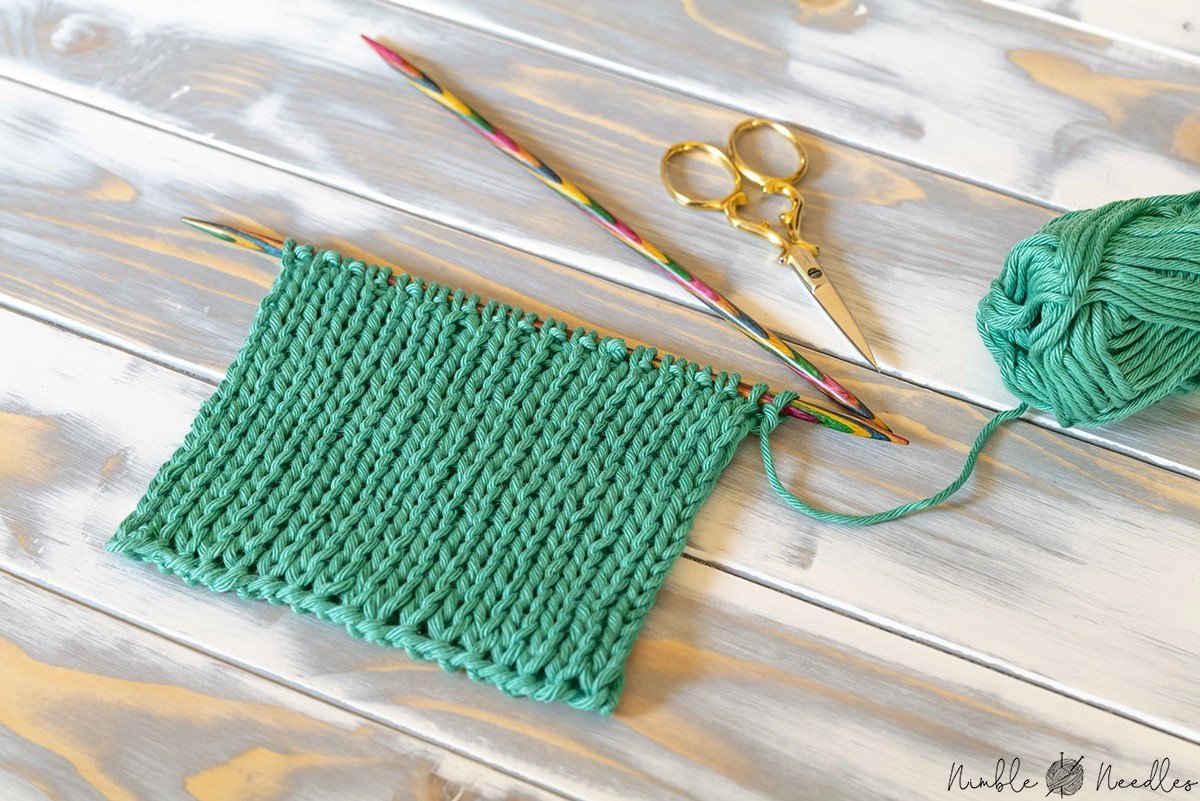
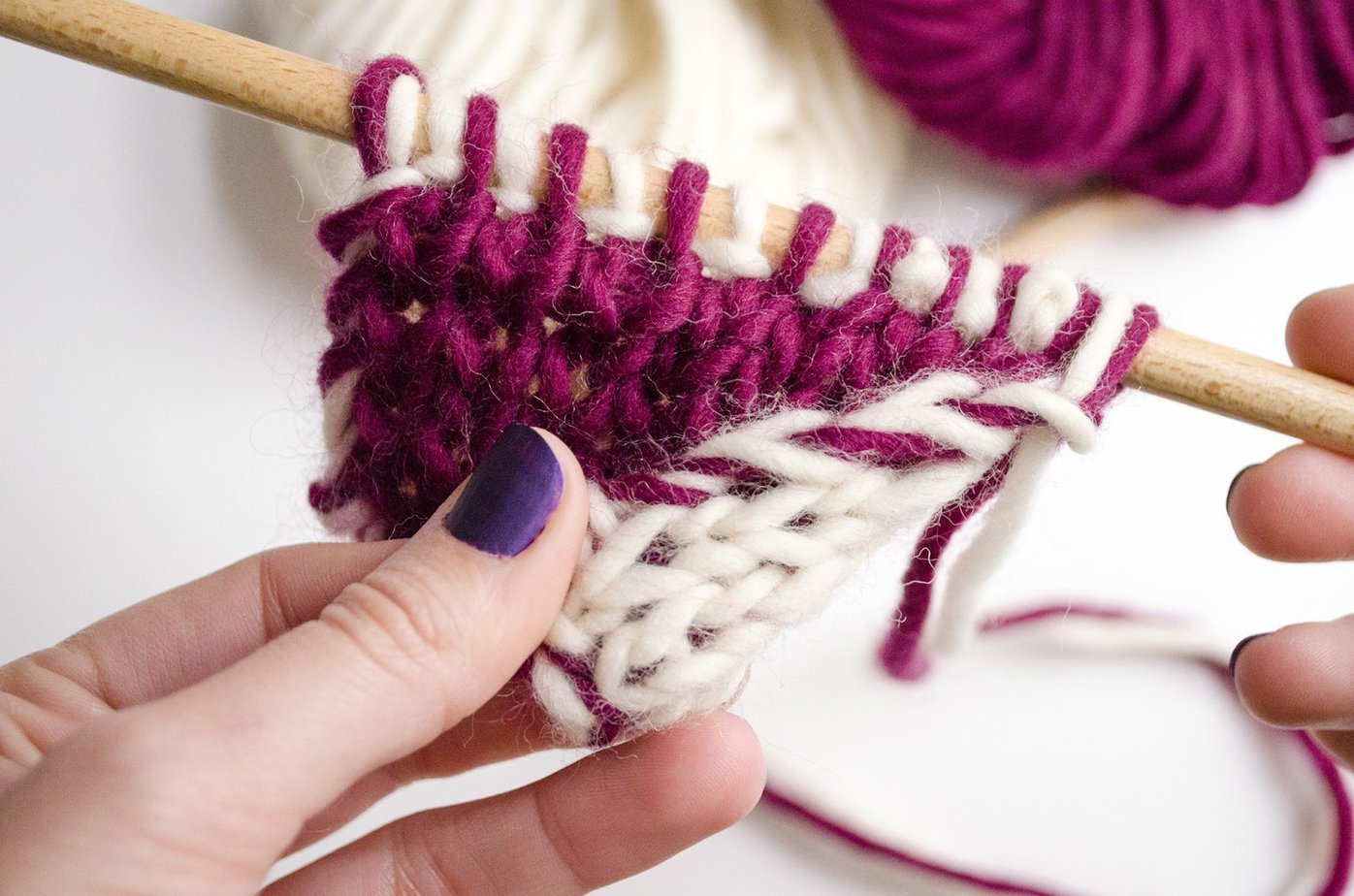

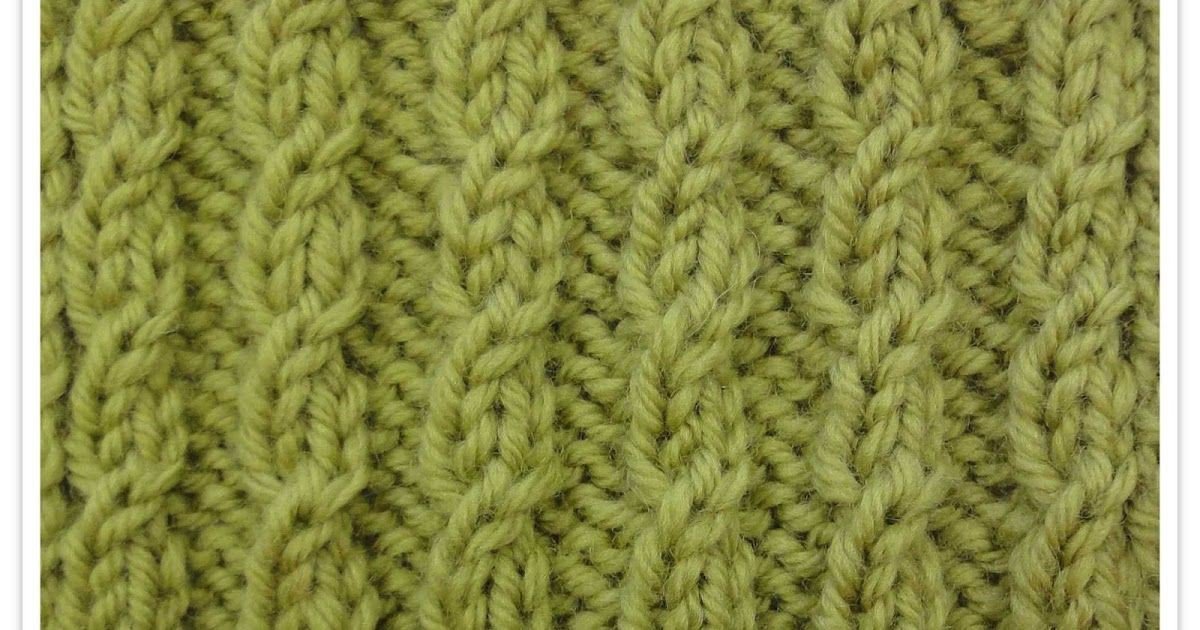
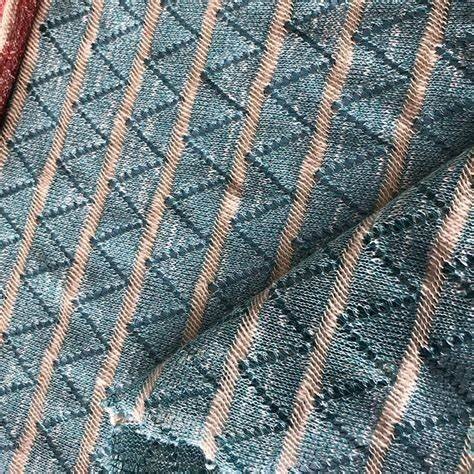

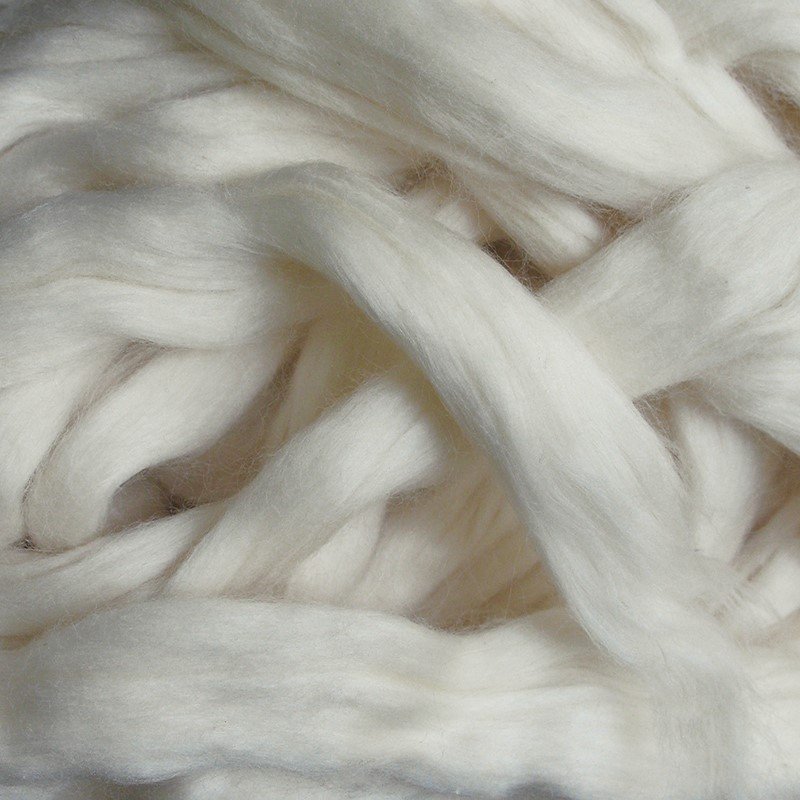
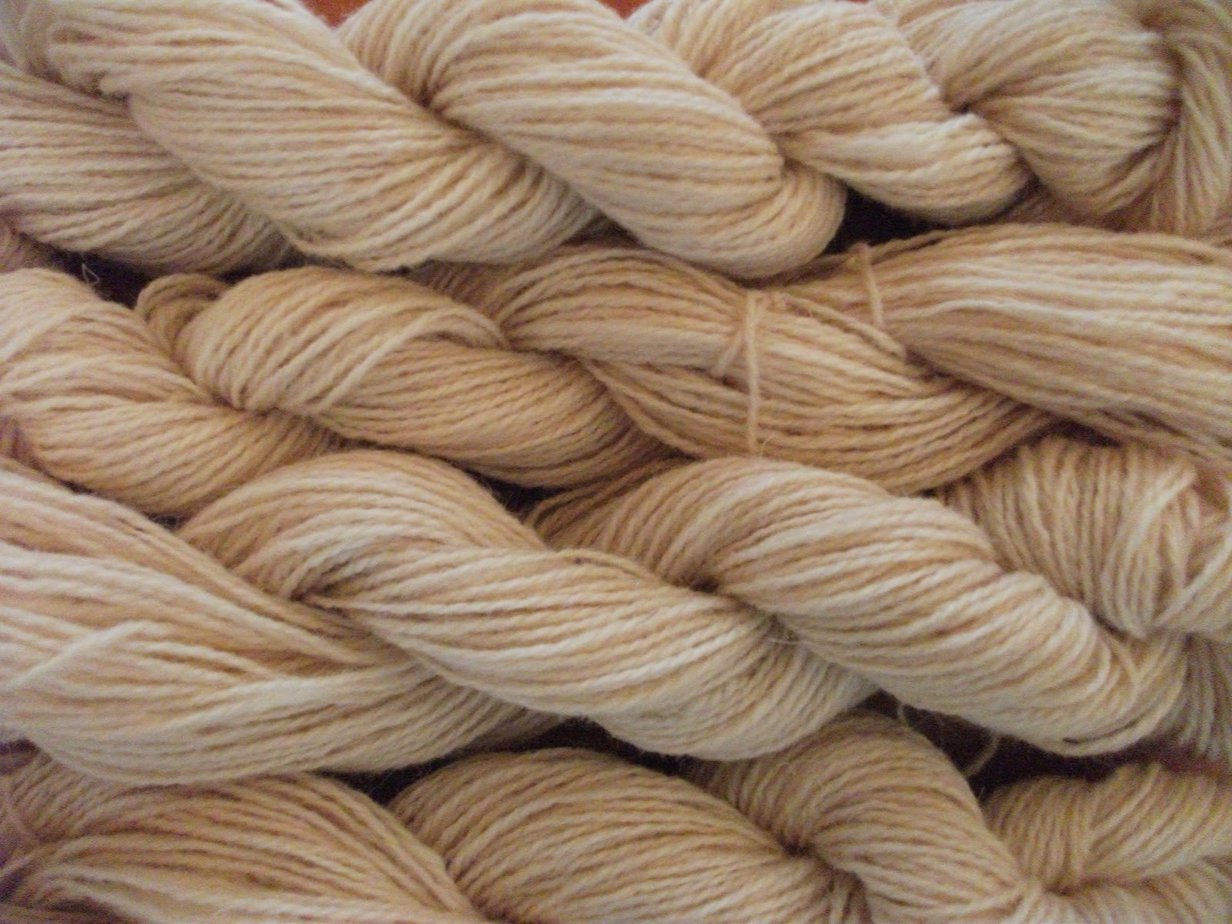
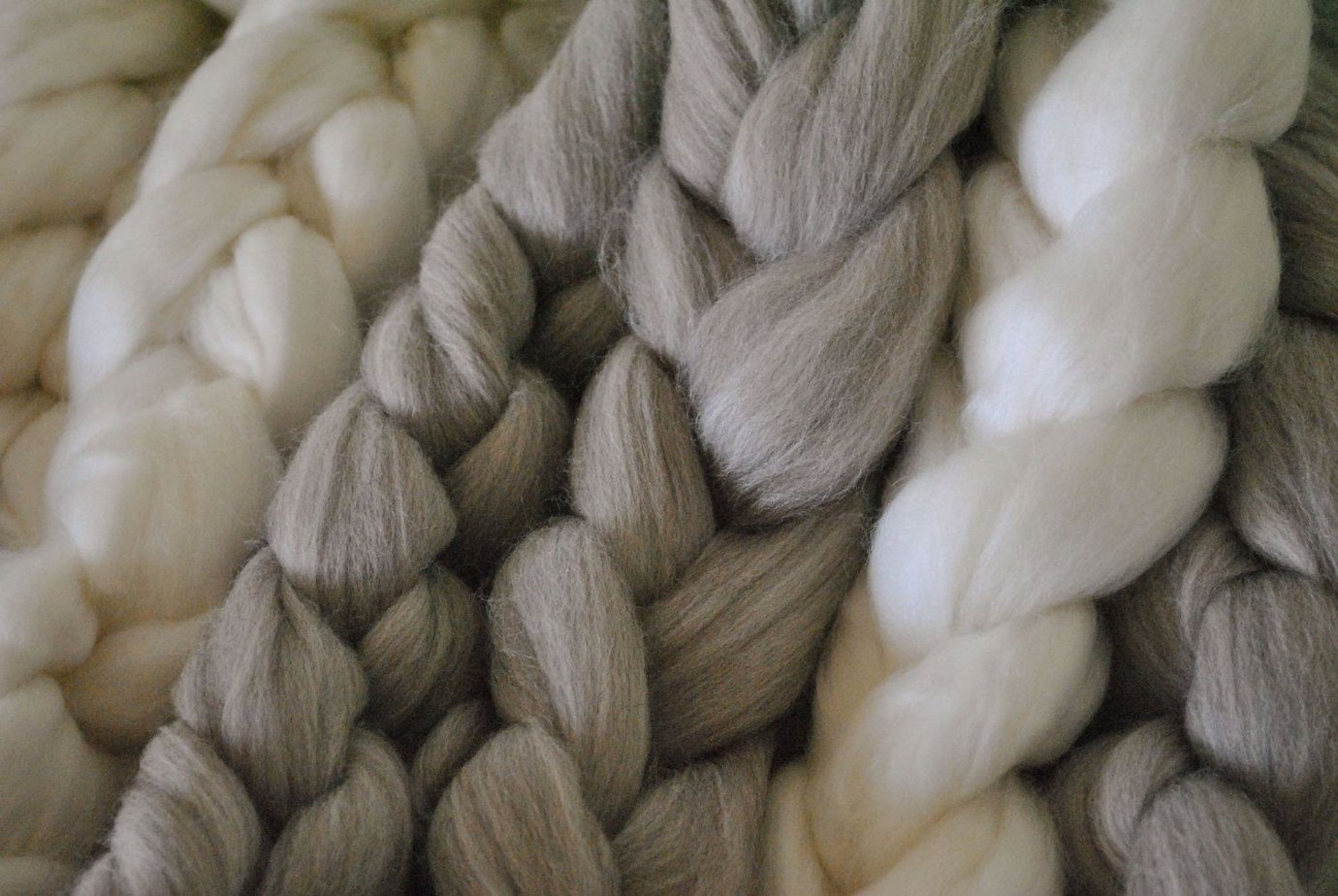

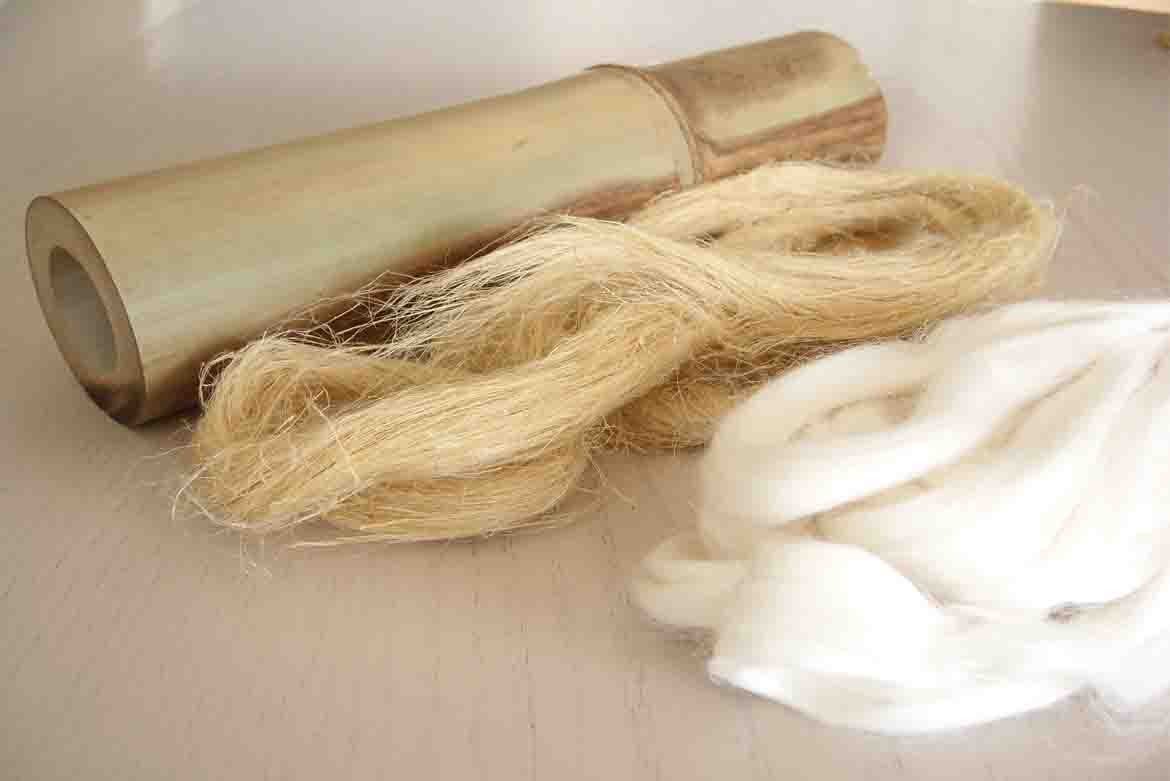
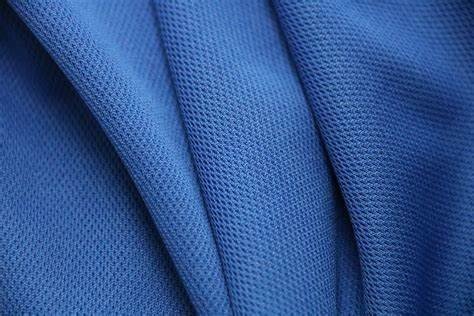
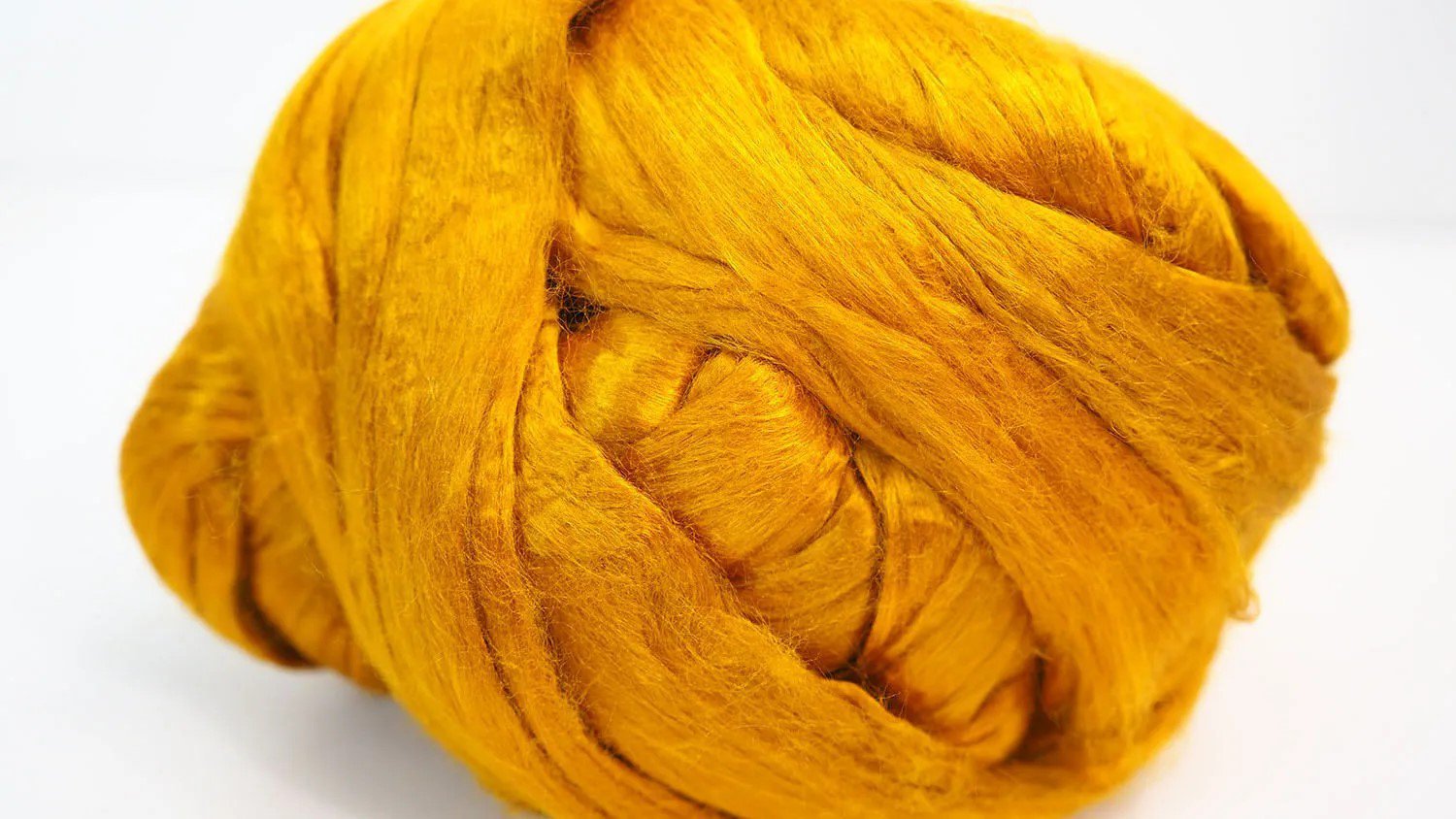
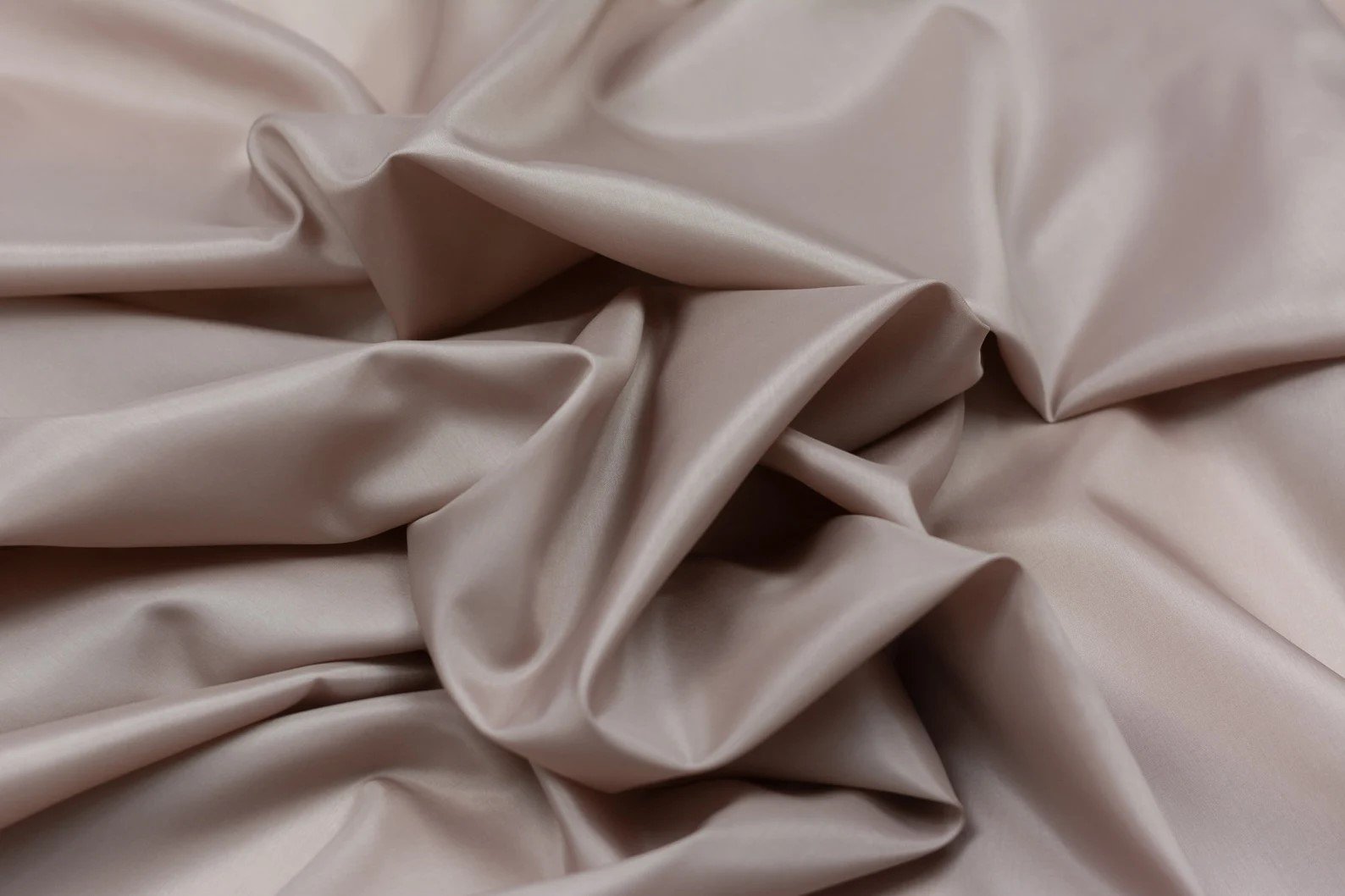
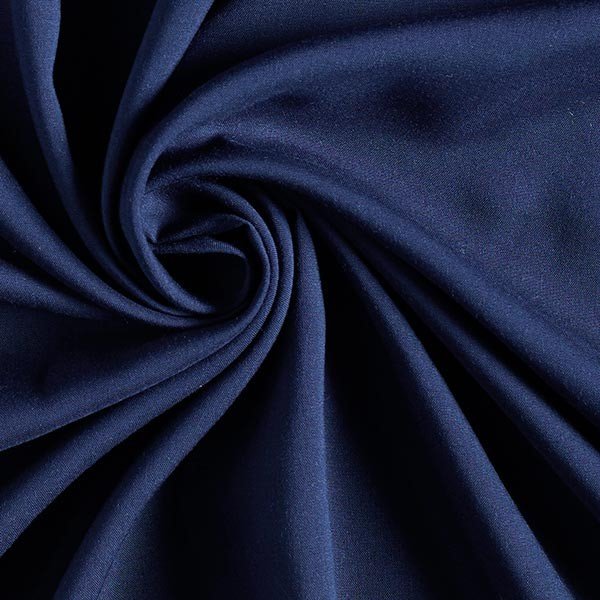

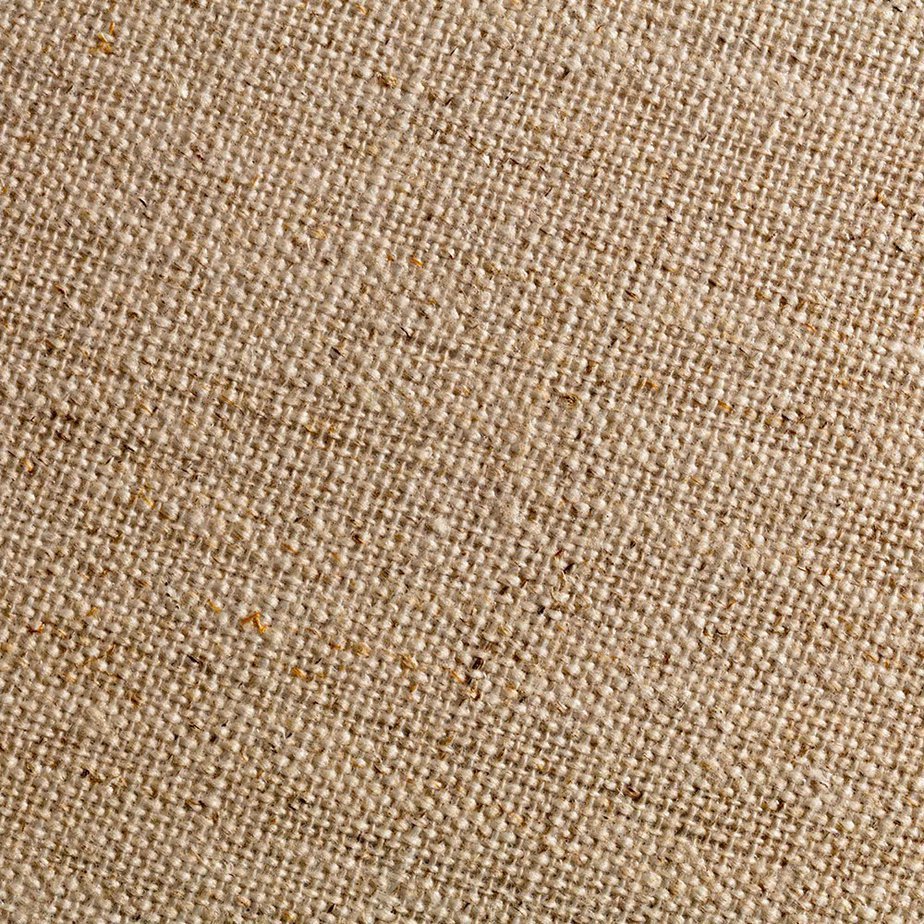

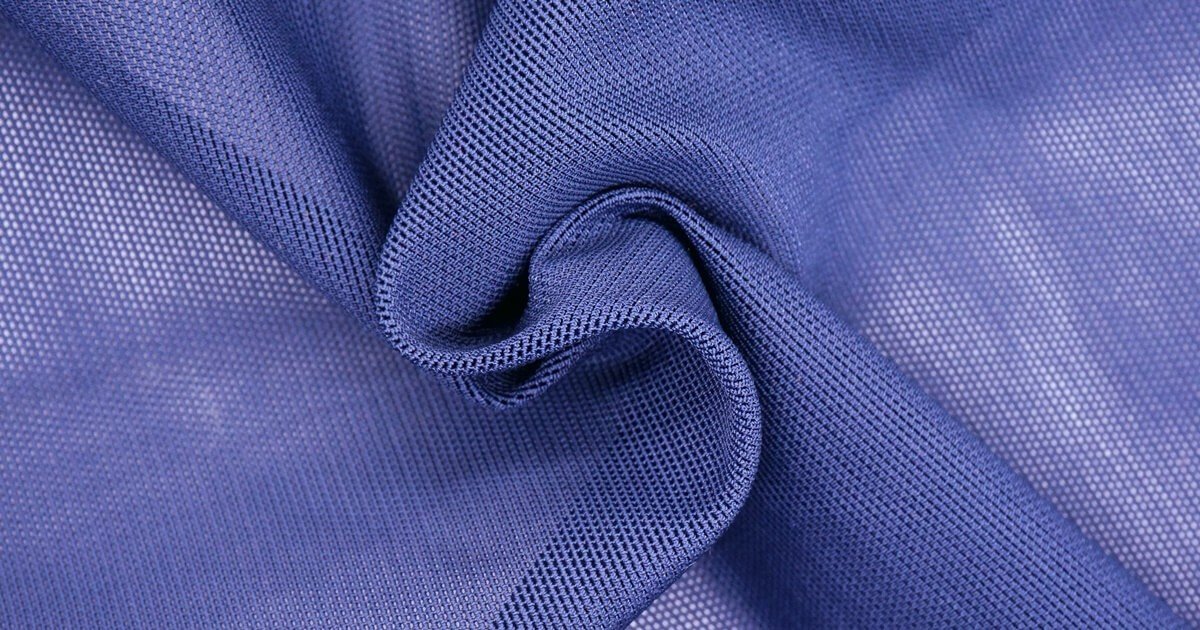
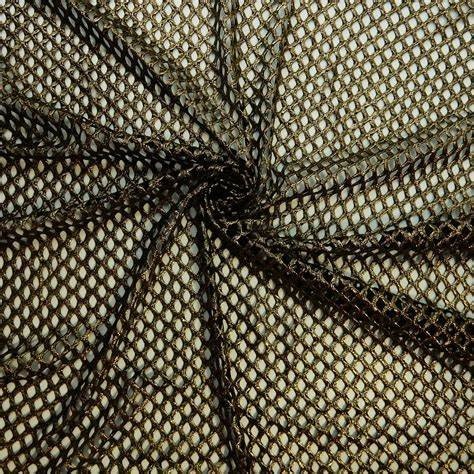
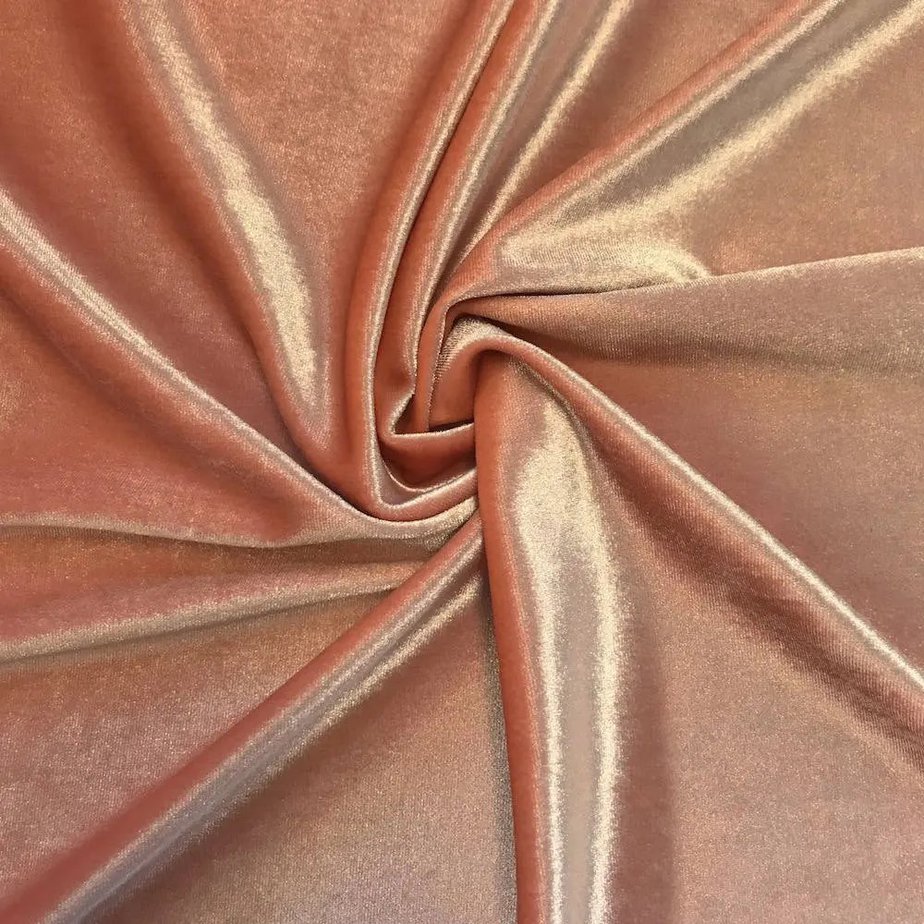
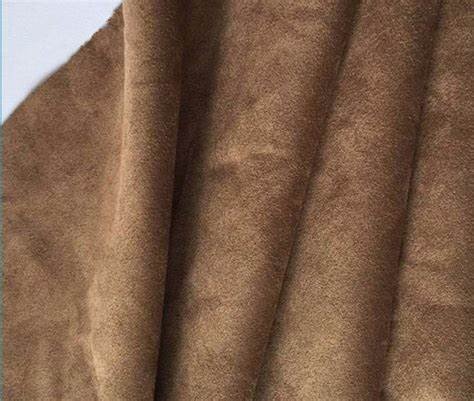
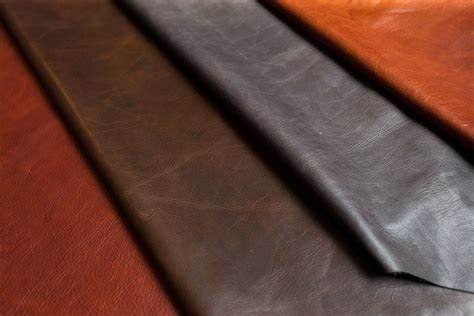

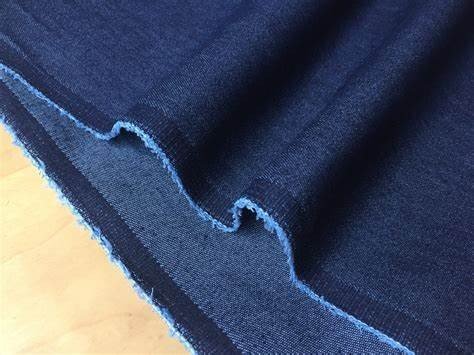
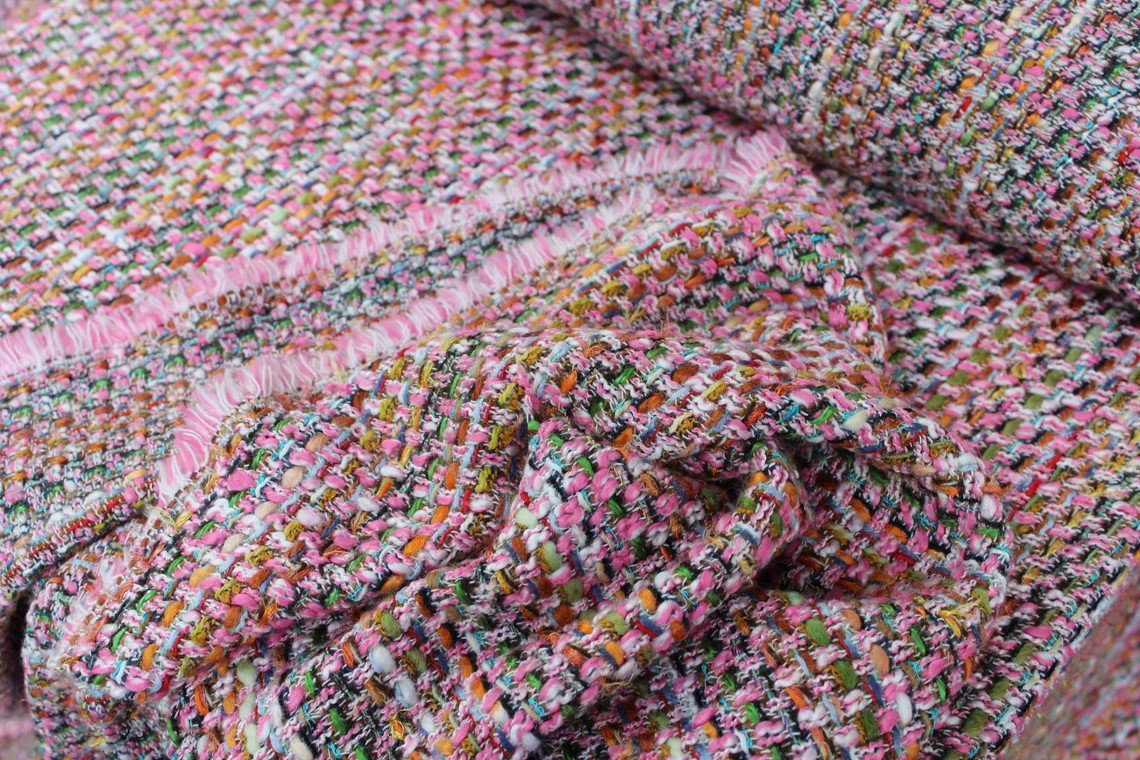
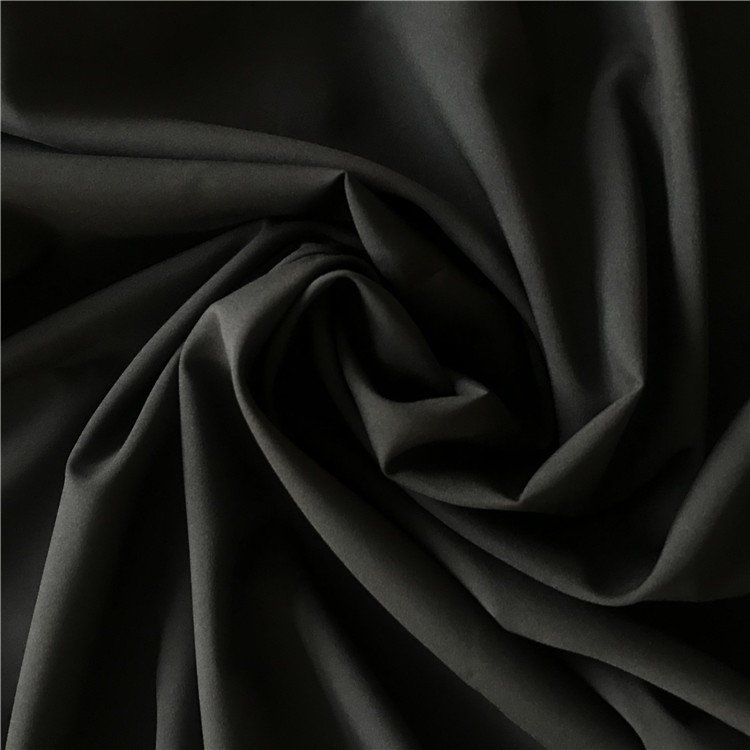


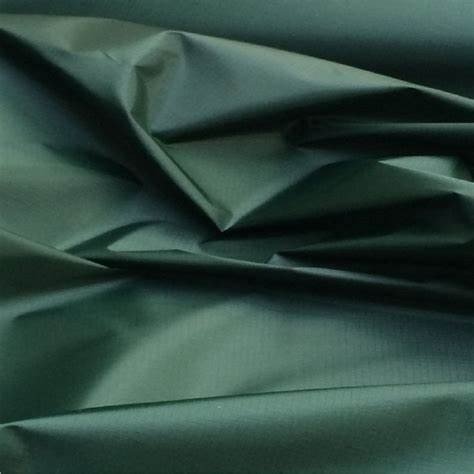
 Henry Pham (Pham Quang Anh), CEO of DONY Garment
Henry Pham (Pham Quang Anh), CEO of DONY Garment



